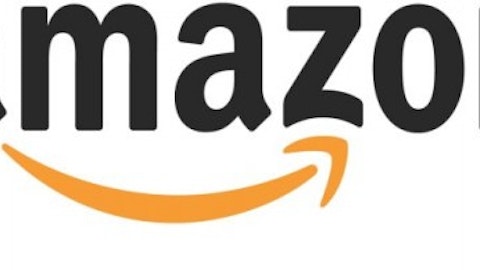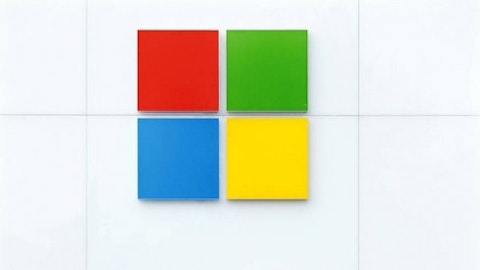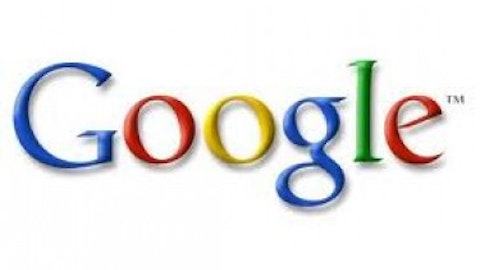Equally as interesting, Microsoft Corporation (NASDAQ:MSFT), which held a measly 2.4% of shipments last year, is forecasted to hold 12.7% of all shipments, less than 1.5 percentage points behind Apple Inc. (NASDAQ:AAPL) by 2017. Research in Motion Ltd (NASDAQ:BBRY), although it should maintain its advantage in the business class segment with its Z10 and Q10 handhelds, is forecasted to hold just 4.6% of the market in five years, nearly the same as what it held at the end of last year.
Now, it’s plausable that Microsoft’s partnership with Nokia Corporation (ADR) (NYSE:NOK) is at least partially behind this projected gain, but it’s worth noting that while Apple Inc. (NASDAQ:AAPL) is expected to lose share, Google should retain its dominant position.
Kantar
Moving on, Kantar Worldpanel ComTech also compiled some information pertaining to the race to the top of the market, in terms of U.S. sales; it’s always important to look at multiple viewpoints. Here is the data, which points to a similar Android dominance:
“Through the 3 month period ending April 2013, Android now owns more than half (51.7%) of the smartphone sales market, [Apple] iOS remains in second place with 41.4% of smartphone sales, while Windows’ smartphone sales share remains at 5.6% – compared to last month – but has grown over the last year by 1.8% points.
Positive movement can also be seen across carriers, too, particularly by leader Verizon with 36.3% of smartphones sold (1.8% points increase) and Sprint Nextel with 13.1% of smartphones sold (1.4% points increase). AT&T, in second place, remains stable at 26.3%, while T-Mobile declines to 11.3%.”
Similarities and differences
As we noted above, Google is the clear number one at this time. However, its dominance is not quite as clear as it once was with Apple’s iOS making a push. The discrepancy in the data between studies is because the latter is domestic sales, while the former is global data. Apple Inc. (NASDAQ:AAPL) has a much larger foothold in the U.S., while Google is still the leader on both fronts.
Like what’s projected by the Canalys study, Microsoft’s Windows platform has exhibited solid growth over the past year. Kantar Worldpanel ComTech analyst Mary-Ann Parlato touched on some of the specifics, pertaining to wireless carriers:
“Verizon and Sprint’s slight increase is thanks to the growth of two key players. For Verizon, Windows’ share rose from 0.2% in the three months ending April 2012 to 6.8% by the period ending April 2013. At Sprint, they continued to reap share increases thanks to their iOS offering- iOS sales share on Sprint grew from 33.4% to 38.4% over the last year.”
As you can see, Google and Apple are not the only companies that benefit from an increase in market share; the wireless carriers can experience a nice bump in business as well.
Final thoughts
Though the smartphone space is becoming more muddied with players like BlackBerry and Nokia Corporation (ADR) (NYSE:NOK) rolling down the comeback trail, Google still maintains its dominant positioning, and from a global standpoint, that doesn’t look set to change for the next half-decade or so. While Apple’s iPhone gets most of the press as the clear-cut No. 2—which is justified in the U.S. only—it’s worth mentioning that Microsoft is making headway worldwide, and will be a crucial player to watch, as its partnership with Nokia continues to build out. Like this underrated market-beating strategy, we’ll be watching closely.
Disclosure: none





